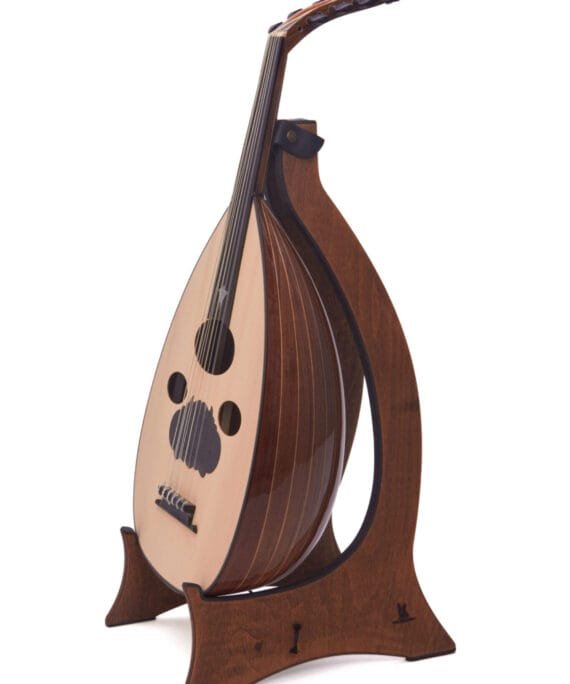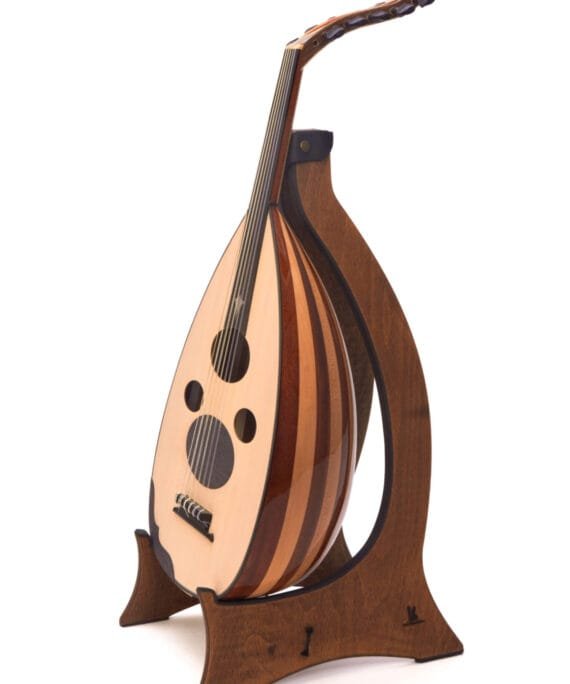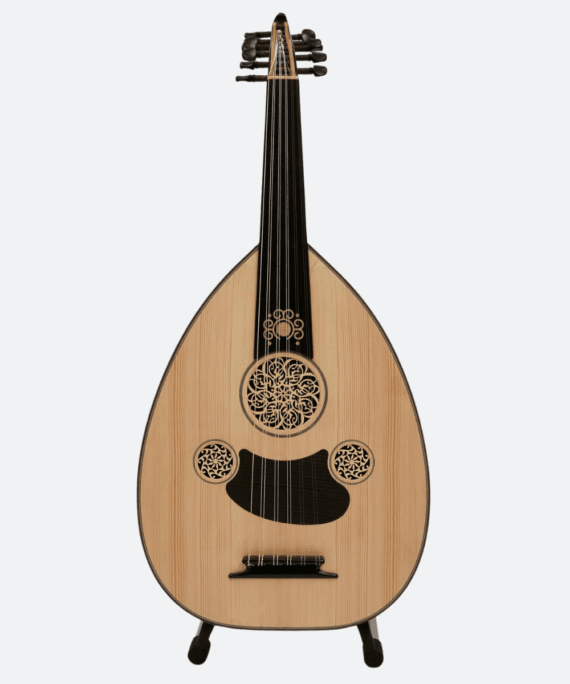


Shop By Category
-
Arabic Ouds
Luxury Walnut Iraqi Oud by Master Hakkı Arif – Cedar Top with Amazing Mother of Pearl Design
$1.049,00Original price was: $1.049,00.$999,00Current price is: $999,00.Rated 5.00 out of 5Add to cart -
Arabic Ouds
Arabic Oud with Internal Pickup by Master Enver Asaf – Authentic Craftsmanship, Modern Versatility. Walnut
$449,00Original price was: $449,00.$339,90Current price is: $339,90. Add to cart -
Arabic Ouds
Arabic Oud with Internal Pickup by Master Enver Asaf – Authentic Craftsmanship, Modern Versatility. Maple&Mahogany
$449,00Original price was: $449,00.$339,90Current price is: $339,90.Rated 5.00 out of 5Add to cart -
Oud Instrument
Premium Turkish Oud Maple – Oudandmore Premium Series
$599,00Original price was: $599,00.$539,90Current price is: $539,90. Add to cart -
Premium Series
Shami Oud Walnut Wood – Oudandmore Premium Series
$599,00Original price was: $599,00.$539,90Current price is: $539,90. Add to cart
What Materials are Used to Make the Oud Instrument?
The oud is a traditional stringed instrument commonly found in Middle Eastern and North African music. It is typically made of several types of wood. The body of the oud is usually crafted from a bowl-shaped resonating chamber, which can be made from different woods such as walnut, rosewood, or mahogany. The soundboard (top) of the oud is usually made from cedar or spruce. The neck of the oud is usually made from hardwood such as maple or mahogany, and it usually has a set of frets made of gut or nylon tied around the neck. Overall, the oud's construction can vary somewhat depending on the maker's preferences and regional traditions, but it generally involves a combination of these woods and materials to achieve its distinctive sound and aesthetic. Our website offers a variety of oud models that you can purchase according to your interest. Buy an oud instrument today.
What is the historical background of the oud instrument?
The oud instrument has a rich and storied historical background that dates back thousands of years. Originating in the Middle East, the oud is considered one of the oldest stringed instruments still in use today. Its exact origins are not entirely clear, but it is believed to have evolved from similar ancient instruments such as the Persian barbat and the ancient Egyptian lute. The oud gained popularity during the Islamic Golden Age, flourishing in regions such as Iraq, Syria, and Egypt. It was highly esteemed in Islamic culture, with renowned scholars and musicians contributing to its development and refinement. Throughout its history, the oud has undergone various transformations in terms of its shape, size, and playing techniques, reflecting the diverse cultural influences it encountered as it spread across the Middle East, North Africa, and eventually into Europe. During the medieval period, the oud's influence extended into Europe, where it contributed to the development of other stringed instruments such as the lute. Over time, the oud continued to evolve and adapt to different musical traditions and styles, remaining a central instrument in traditional Middle Eastern and North African music. Today, the oud maintains its significance as a symbol of cultural heritage and artistic expression, cherished by musicians and audiences worldwide for its distinctive sound and rich cultural history.
What are the various types of ouds available?
The oud comes in various types and styles, reflecting regional differences, construction materials, and playing techniques. Here are some of the main types:
Arabic Oud: This is the most common type, characterized by a rounded back and a slightly convex soundboard. It is widely used in traditional Arabic music.
Turkish Oud: Also known as the "Middle Eastern oud," it typically has a smaller body compared to the Arabic oud and features a flatter soundboard. It is popular in Turkish, Greek, and Armenian music.
Syrian Oud: Similar to the Arabic oud in shape and design, the Syrian oud is known for its craftsmanship and is highly regarded among oud players.
Iraqi Oud: This type often features a larger body and a slightly different shape compared to other ouds. It has a warm and resonant tone and is commonly used in Iraqi music.
Persian Oud: Also known as the "barbat," the Persian oud typically has a deeper bowl and a longer neck compared to other ouds. It is used in classical Persian music.
Egyptian Oud: This type is characterized by its larger size and deep bowl, which contributes to its rich and resonant sound. It is popular in both traditional and modern Egyptian music.
These are just a few examples, and there are many other regional variations and styles of ouds found across the Middle East, North Africa, and beyond. Each type may have subtle differences in sound, construction, and playing technique, making them unique instruments with their own musical characteristics.












